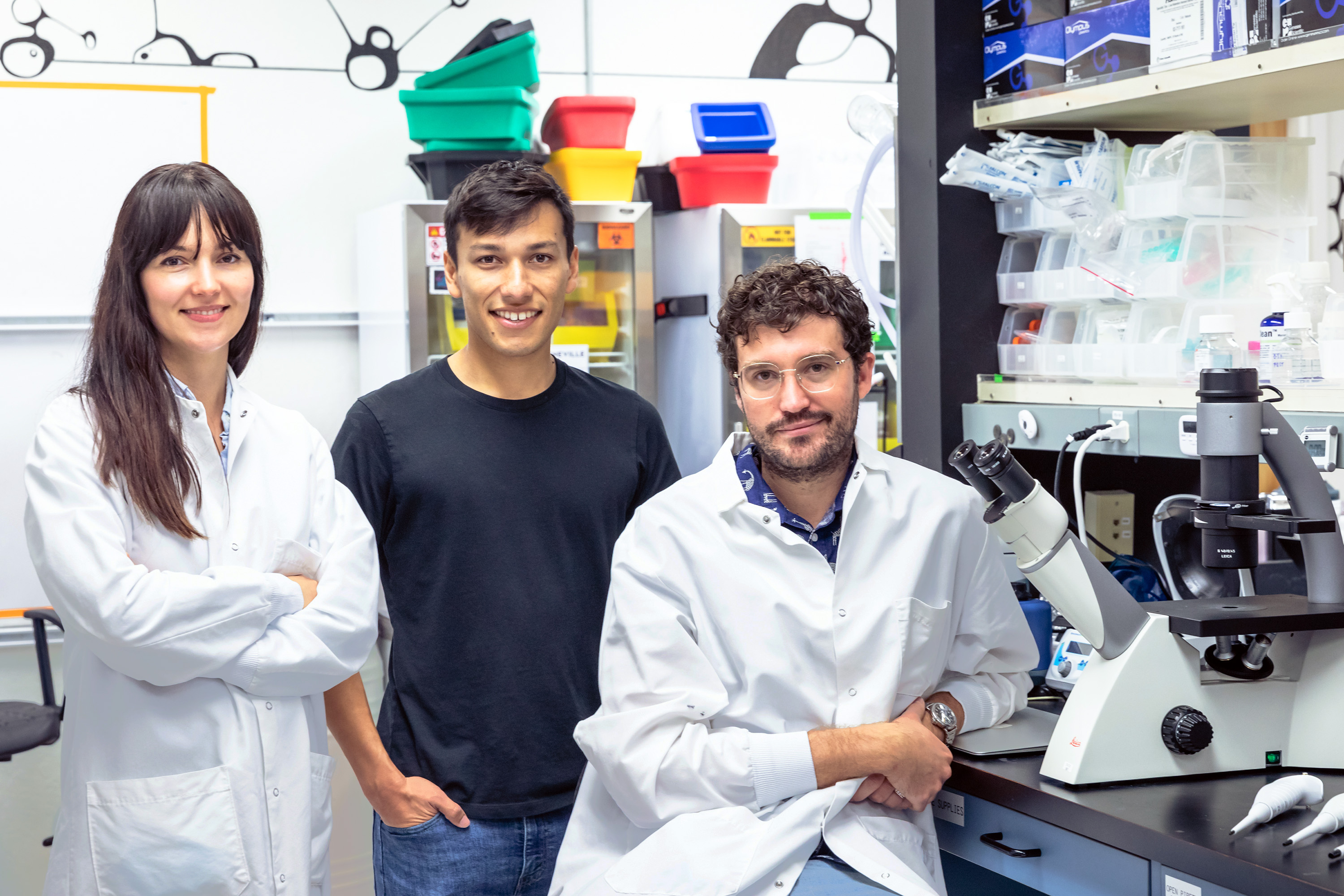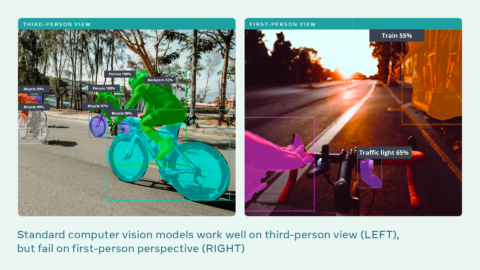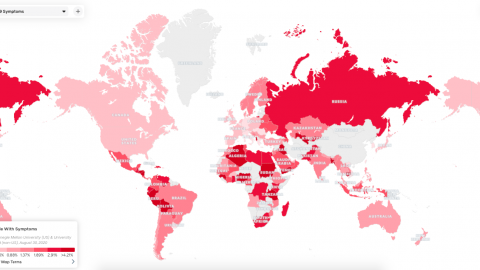A few years ago, a young man from California’s technology scene began popping up in the world’s leading developmental biology labs. These labs were deciphering the secrets of embryos and had a particular interest in how eggs are formed. Some thought if they discovered that recipe, they would be able to copy it and transmute any cell into an egg.
Their visitor, Matt Krisiloff, said he wanted to help. Krisiloff didn’t know any biology, and he was only 26. But after leading a research program at Y Combinator, the famous startup incubator in San Francisco that was an early funder of such companies as Airbnb and Dropbox, he said, he was “well connected,” with access to wealthy tech investors.
Krisiloff also had a specific interest in the artificial-egg technology. He’s gay, and he knew that theoretically, a cell from a man could be turned into an egg. If that were ever possible, two men could have a child that was genetically related to both. “I was interested in the idea of ‘When can same-sex couples have children together?’” says Krisiloff. “I thought that this was the promising technology for doing this.”
Today the company Krisiloff started, called Conception, is the largest commercial venture pursuing what’s called in vitro gametogenesis, which refers to turning adult cells into gametes—sperm or egg cells. It employs around 16 scientists and has raised $20 million from well-known tech figures including Sam Altman, the CEO of OpenAI and former president of Y Combinator; Jaan Tallinn, one of the founders of Skype; and Blake Borgeson, a cofounder of Recursion Pharmaceuticals.
The company is initially trying to make replacement eggs for women. That’s scientifically easier than making eggs from male cells, and it has an obvious market. People are having kids later in life, but a woman’s supply of healthy eggs nosedives in her 30s. It’s a major reason patients visit IVF clinics.
Conception is starting with blood cells from female donors and trying to transform these into the first “proof-of-concept human egg” made in the lab. The company hasn’t done it yet—nor has anyone else. There are still scientific puzzles to overcome, but Krisiloff sent out an email to supporters earlier this year saying his startup might be “the first in the world to accomplish this goal in the not-too-distant future.” It says that artificial eggs “could become one of the most important technologies ever created.”

NICOLáS ORTEGA
That’s no exaggeration. If scientists can generate supplies of eggs, it would break the rules of reproduction as we know them. Women without ovaries—for example, because of cancer or surgery—might be able to have biologically related children. What’s more, lab-made eggs would cancel the age limits on female fertility, allowing women to have related babies at 50, 60, or even beyond.
The prospect of egg cells from a blood draw is profound—and ethically fraught. Conception’s process for making eggs from stem cells has required human fetal tissue. And if reproduction is dissociated from what have been the accepted facts of life, unfamiliar scenarios could result. It opens the door not only for same sex-reproduction, but perhaps even for one individual—or four—to generate an offspring.
More realistically, because the technology could turn eggs into a manufactured resource, it could supercharge the path to designer children. If doctors can make a thousand eggs for a patient, they’ll also be able to fertilize all of them and test to find the best resulting embryos, scoring their genes for future health or intelligence. Such a laboratory process would also permit unfettered genetic editing with DNA engineering tools such as CRISPR. As Conception put it in a pitch sent out earlier this year, the company anticipates that artificial eggs could allow “wide-scale genomic selection and editing in embryos.”
Says Krisiloff: “If you could meaningfully select against Parkinson’s risk, Alzheimer’s risk, I think this then becomes very desirable.” The potential commercial and health payoffs could be huge.
For scientific reasons, turning a man’s cell into a healthy egg is expected to be harder, and Conception hasn’t even tried that yet. But it’s part of the company’s business plan, too. Maybe, by the time Krisiloff is ready to start a family, two men will be able to contribute equally to an IVF embryo’s genetic makeup. A surrogate mother could then carry the child to term. “I do think it will be possible,” Krisiloff told MIT Technology Review. “It’s question of when, not if.”
A mouse tail
Here’s how the egg-making technology could work. The first step is to take a cell from an adult—say, a white blood cell—and convert it into a powerful stem cell. That process relies on a Nobel Prize–winning discovery, called reprogramming, that allows scientists to induce any cell to become “pluripotent”—capable of forming any other type of tissue. The next step: cajole those induced stem cells to become eggs whose genetic makeup would match that of the patient.
It’s the last part that’s the scientific challenge. Certain cell types are very easy to make in the lab: leave pluripotent stem cells in a dish for a few days, and some will spontaneously start to beat like heart muscle. Others will become fat cells. But an egg might be the hardest cell to produce. It’s huge—one of the largest cells in the body. And its biology is unique, too. A woman is born with her full complement of eggs and never makes any more.
In 2016, a pair of scientists in Japan, Katsuhiko Hayashi and his mentor Mitinori Saitou, were the first to convert skin cells from mice into fertile eggs, entirely outside the body. They reported how, starting with cells from a tail clipping, they’d induced these into stem cells, which they then directed partway along the path to becoming eggs. Then, to finish the task, they incubated these proto-eggs alongside tissue collected from ovaries of mouse fetuses. In effect, they had to construct mini ovaries.
“It’s not a matter of ‘Oh, can I make an egg in a petri dish?’ It’s a cell that is contingent on its place in the body,” says David Albertini, an embryologist at the Bedford Research Foundation. “So it’s about creating an artificial structure that can recap the process.”
Unexpected visitor
It was a year after the mouse breakthrough in Japan that Krisiloff began visiting biology labs to learn if the process could be repeated in humans. He turned up in Edinburgh in the United Kingdom, Skyped with professors in Israel, and also made the pilgrimage to Hayashi’s center at Kyushu University, in Fukuoka.
That’s where he met Pablo Hurtado González, a biologist visiting that lab on a scholarship, who would join Krisiloff as a founder of Conception. A third cofounder, Bianka Seres, an embryologist who worked in an IVF clinic, later joined the team.
Krisiloff, a University of Chicago graduate, had until then been the director of Y Combinator Research, where he launched a project to study giving people in the San Francisco area a basic monthly income. Y Combinator is the most famous startup academy in the world. The idea of its research project was to give away money with no strings attached as a strategy to prepare for a future where jobs are taken by automation.

CHRISTOPHER WILLIAMS
Krisiloff says he resigned from that role after he started dating Altman, who was Y Combinator’s president at the time. Although the relationship didn’t last, the job change freed him to work on the nascent egg venture full time, with an initial investment from Altman. The company was originally called Ovid Research and changed its name to Conception this month.
Some researchers sensed that the young entrepreneurs were in over their heads. The science of in vitro gametogenesis is dominated by a small cadre of university research groups who’ve been working on the problem for years. “When I talked to them, they had no clue, absolutely no clue, how to start a project,” says Albertini. “They were asking me what kind of equipment to buy. It was ‘How would you know if you made an egg? What would it look like?’”
Another scientist Krisiloff got to know was Jeanne Loring, a stem cell biologist at the Scripps Research Institute. Working with the San Diego Zoo, Loring had previously frozen cells from one of the last northern white rhinos, a species on the verge of extinction. She was interested in egg-making technology if she was ever to resurrect the animal. “They are young and optimistic and have money in their pockets, so they aren’t dependent on convincing people,” says Loring. “Sometimes it’s a really good idea to be naïve.”
What Krisiloff knew for sure was that reproductive technology could have the same sort of appeal to tech investors as AI or space rockets. As the Stanford University reproductive endocrinologist Barry Behr puts it, “These days if you write ‘fertility’ on a piece of cardboard and take it to Sand Hill Road, you can get funded.”
The problem with artificial gametes is that there’s not going to be a medical product for many years—and there are complex liabilities, like who is to blame if any eventual baby isn’t normal. Krisiloff didn’t see those as obstacles to organizing a company. Indeed, he believes more startups should be trying to solve “hard” science problems and that discoveries can come about faster in a commercial setting. “My argument is there could be a lot more funding if people turned research organizations into for-profit entities,” he says. “I am a big believer in more basic research going on in a company context.”
Fetal tissue
Krisiloff’s company has never put out a press release or sought public attention. That is because his team hasn’t yet made a human egg, and he doesn’t want to be seen as promoting biological “vaporware.” Conception, Krisiloff says, is still trying to achieve its first technical benchmark—which is to produce a human egg and a patented process for making them.
That is also a goal of academic researchers like the ones in Japan who made the mouse eggs. But repeating the breakthrough with human cells is daunting. Because the recipe involves mimicking the natural steps by which eggs develop, experiments can last nearly as long as a pregnancy does. That’s not such a problem for mice, which are born in 20 days, but in humans, each experiment could take months.
When I met Saitou and Hayashi, in 2017, they told me copying the mouse technology in humans presented another troubling difficulty. Repeating the recipe exactly would require abortion tissue: scientists would have to obtain follicle cells from weeks-old human embryos or fetuses. The only alternative would be to learn how to manufacture these necessary support cells from stem cells too. That, on its own, would require a significant research effort, they predicted.
At Conception, scientists began by trying the fetal-tissue approach, which they believed was the fastest way to get a proof-of-concept egg. Krisiloff made extensive efforts to obtain the material—at one point even tweeting at abortion providers directly. He also sought collaborations with UCLA and Stanford, although these efforts didn’t pan out. He declined to say where Conception gets its tissue donations currently.
Fetal-tissue research is legal but extremely sensitive, and to some of the public it’s more than repugnant. During the Trump administration, health officials threw up new barriers, including empaneling abortion opponents to review grants. Krisiloff says the company still uses human fetal tissue, but now it’s more often used to understand the molecular signals that characterize key cell types so scientists can try to re-create those from stem cells.





Recent Comments